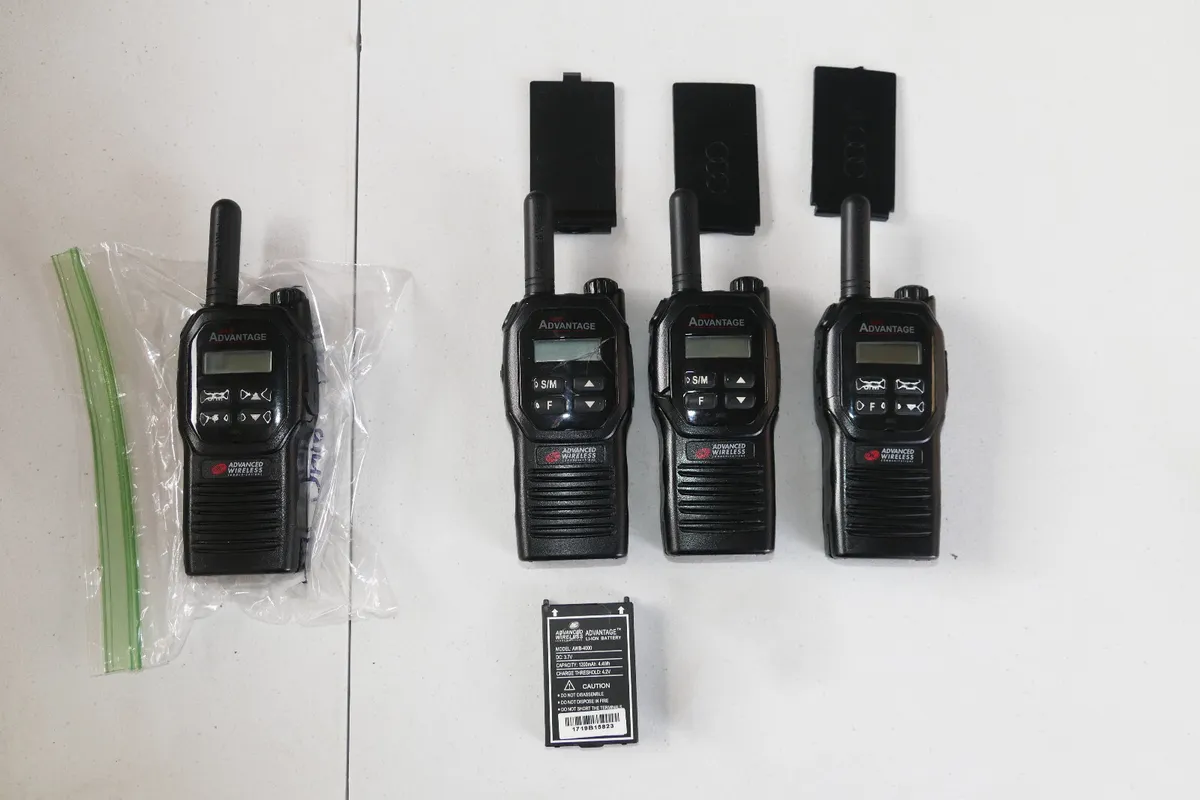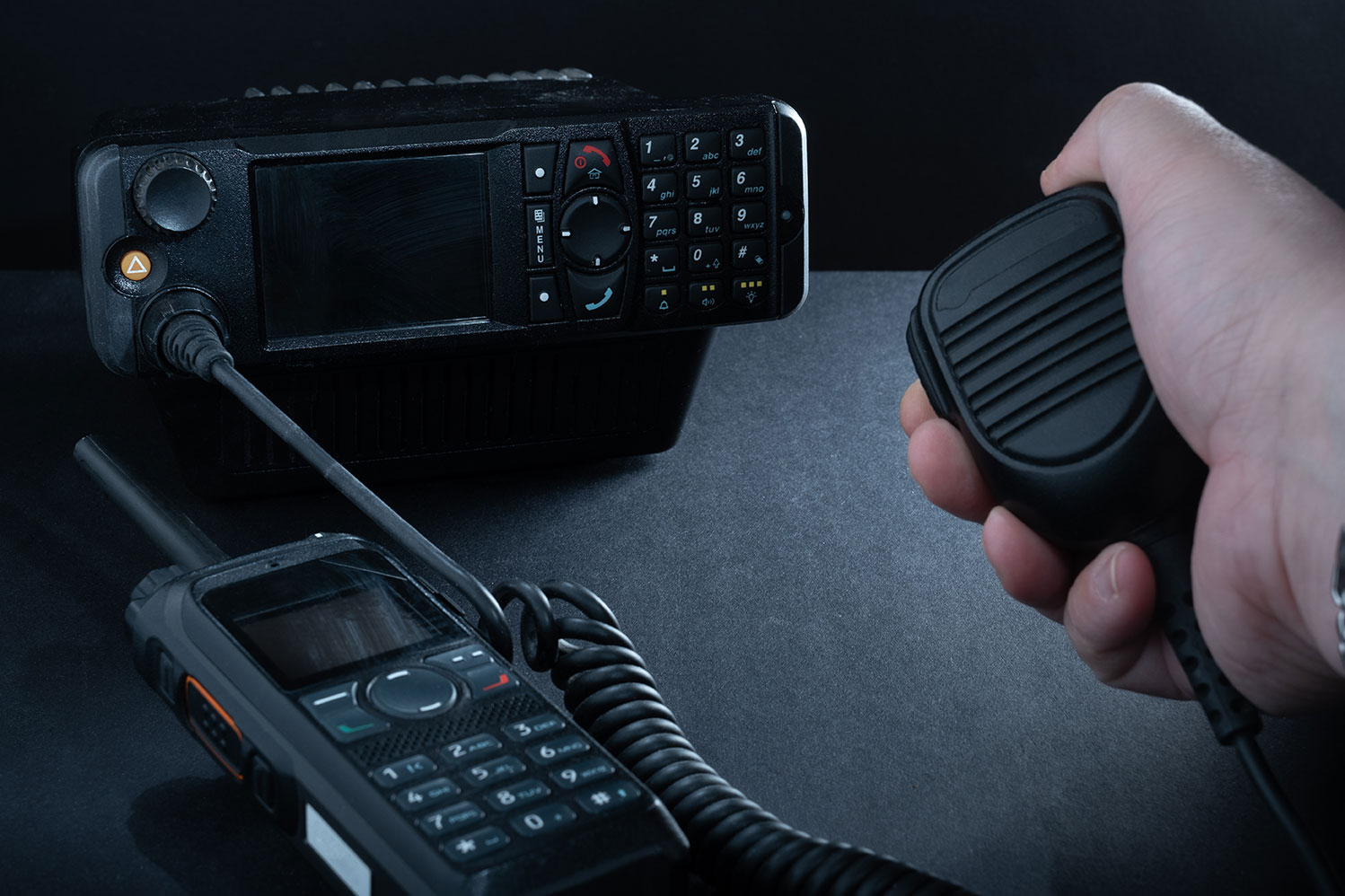Introduction: The Magic Behind Radios
Radios, those ubiquitous devices that seem to effortlessly transmit sound and information through thin air, have long captivated our imaginations. From the crackle of an AM broadcast to the crystal-clear tones of an FM station, radios have been a cornerstone of communication for over a century, connecting people across vast distances and shaping the course of history.
But how do radios work their seemingly magical feat of wireless communication? What arcane mechanisms lie behind their ability to capture and transmit signals through the ether? In this exploration, we’ll peel back the layers of mystery surrounding radios and delve into the fascinating realm of radio technology.

Join us as we embark on a journey to uncover the secrets of radio waves, modulation, and transmission. Along the way, we’ll discover the crucial role of antennas, explore the differences between frequency modulation (FM) and amplitude modulation (AM), and examine the myriad applications of radio technology in our modern world.
So, buckle up and prepare to be amazed as we unravel the enigma of radio technology, revealing the hidden mechanisms that power our interconnected world. The magic of radios awaits, ready to be unveiled and understood.
The Basics of Radio Waves
At the heart of radio communication lies the concept of radio waves. These are a type of electromagnetic radiation, similar to light and X-rays, but with longer wavelengths. Radio waves are generated by an oscillating electric current, typically produced by an antenna or transmitter. When this current flows through the antenna, it creates electromagnetic fields that propagate through space, carrying information along with them. These waves travel at the speed of light and can span vast distances, making them ideal for long-distance communication.
Transmission and Reception: Sending and Receiving Signals
The process of radio communication involves two main components: transmission and reception. During transmission, an electrical signal containing information, such as audio or data, is modulated onto a radio wave. This modulation process alters certain properties of the wave, such as its amplitude, frequency, or phase, to encode the desired information. The modulated wave is then transmitted through the air via an antenna.
On the receiving end, another antenna picks up the transmitted radio wave. This wave induces a corresponding electrical current in the receiving antenna, which is then passed through a receiver circuit. The receiver circuit amplifies the weak signal and demodulates it to extract the original information. This information is then converted back into its original form, whether it be sound, data, or another type of signal, and delivered to the user.
Frequency Modulation (FM) vs. Amplitude Modulation (AM)
Two common methods of modulating radio waves are frequency modulation (FM) and amplitude modulation (AM). In FM, the frequency of the carrier wave is varied in accordance with the modulating signal. This means that the frequency of the radio wave increases and decreases as the amplitude of the modulating signal changes. FM radio is known for its high-fidelity sound reproduction and resistance to noise, making it popular for music and voice broadcasts.

On the other hand, in AM modulation, the amplitude of the carrier wave is varied while its frequency remains constant. The strength of the modulating signal determines how much the amplitude of the carrier wave is going to alter. AM radio is simpler and less expensive to implement than FM radio, making it suitable for long-range communication and broadcasting.
The Role of Antennas in Radio Communication
Antennas play a crucial role in both transmitting and receiving radio signals. A transmitter antenna converts electrical signals into radio waves and radiates them into space. The size and shape of the antenna determine the characteristics of the emitted radio waves, including their directionality and polarization.
Similarly, a receiving antenna captures incoming radio waves from the surrounding environment and converts them into electrical signals. The design of the receiving antenna influences its sensitivity to different frequencies and its ability to reject unwanted interference. By optimizing antenna design, engineers can improve the performance and reliability of radio communication systems.
Applications of Radio Technology
Radio technology has countless applications across various industries and sectors. In the field of telecommunications, radios enable wireless communication networks, including cellular networks, Wi-Fi, and Bluetooth. These technologies allow us to stay connected wherever we go, facilitating voice calls, text messaging, and internet access on mobile devices.

In broadcasting, radios are going to use to transmit radio programs, music, and news to millions of listeners worldwide. AM and FM radio stations broadcast a wide range of content, from talk shows and sports events to music concerts and cultural programs. Internet radio services, such as streaming platforms and podcasts, have also gained popularity in recent years, offering listeners an endless array of audio content on demand.
In addition to communication and broadcasting, radios are going to employ in various other applications, including navigation, radar, remote sensing, and scientific research. Global navigation satellite systems (GNSS), such as GPS, utilize radio signals to provide precise positioning and timing information for navigation purposes. Radar systems use radio waves to detect and track objects, ranging from aircraft and ships to weather phenomena and celestial bodies.
Conclusion: The Endless Possibilities of Radio Technology
In conclusion, radio technology has opened up a world of endless possibilities for communication, broadcasting, navigation, and more. Its ability to transmit information wirelessly through radio waves has revolutionized various industries and transformed the way we live and interact.
With radios, we can stay connected through cellular networks, Wi-Fi, and Bluetooth, enabling us to communicate on-the-go and access the internet from anywhere. Broadcasting allows us to enjoy a wide range of content, from music and news to cultural programs and podcasts. The convenience and accessibility of radio technology have enriched our lives and expanded our knowledge and entertainment options.

Moreover, radios are essential in navigation systems like GPS, providing accurate positioning and timing information for various applications. Radar systems rely on radio waves for object detection and tracking, ensuring safety in aviation, maritime operations, and weather monitoring.
The versatility of radio technology extends beyond communication and navigation. It is also going to use in remote sensing, scientific research, and many other fields. The continuous advancements in radio technology pave the way for even more innovative applications and opportunities in the future.
As we embrace the endless possibilities of radio technology, we can expect further advancements that will enhance our lives, connect us more deeply, and enable new discoveries. Radio technology truly holds immense potential, and its impact will continue to shape our world in remarkable ways.

